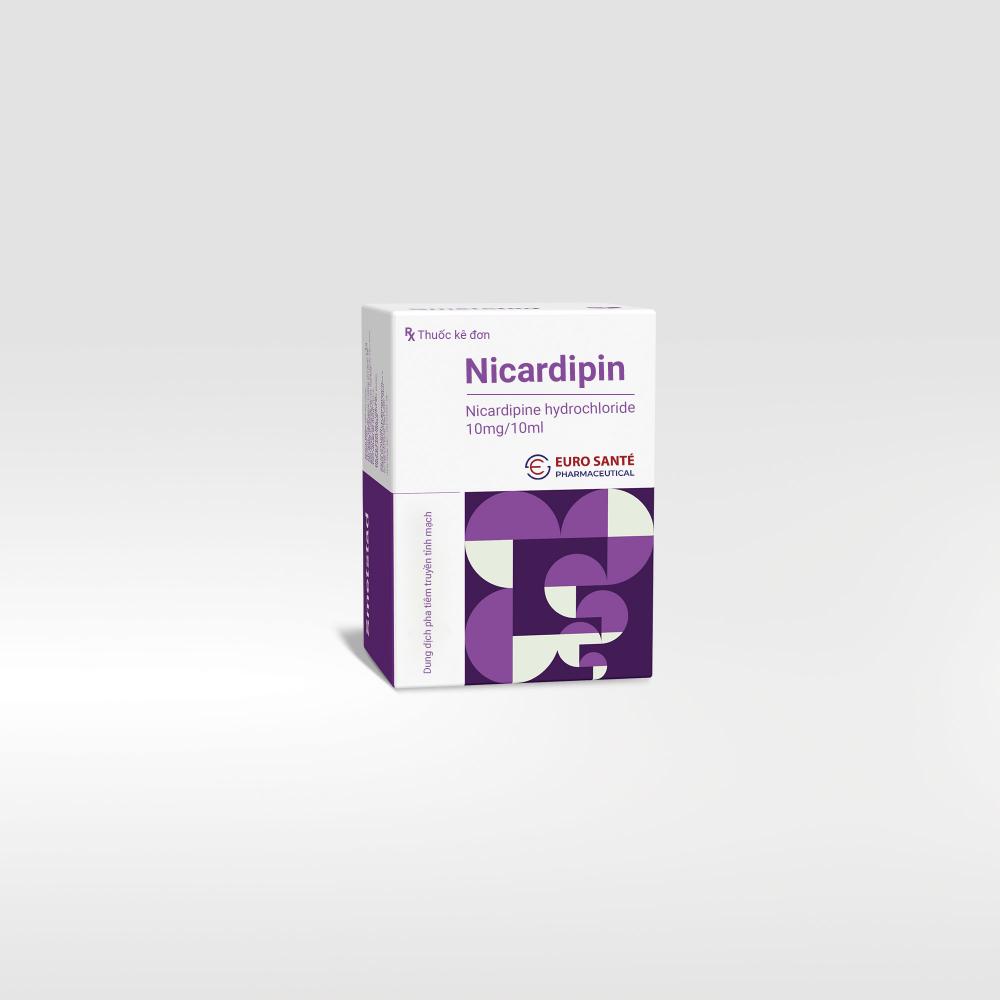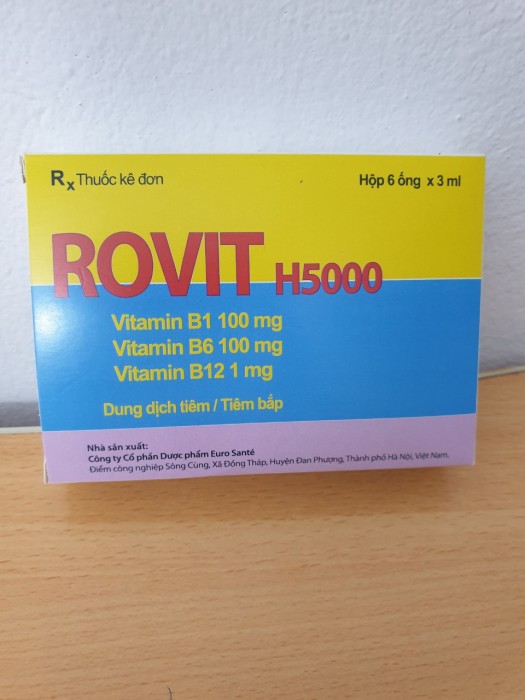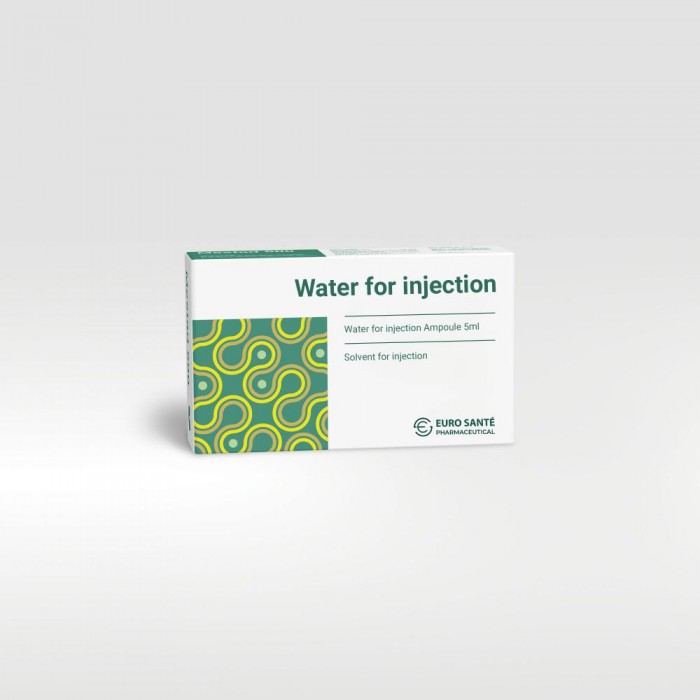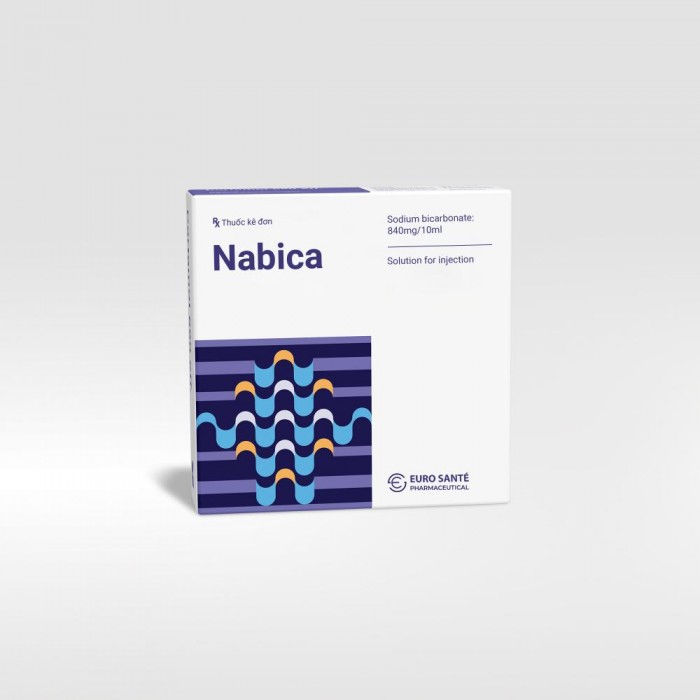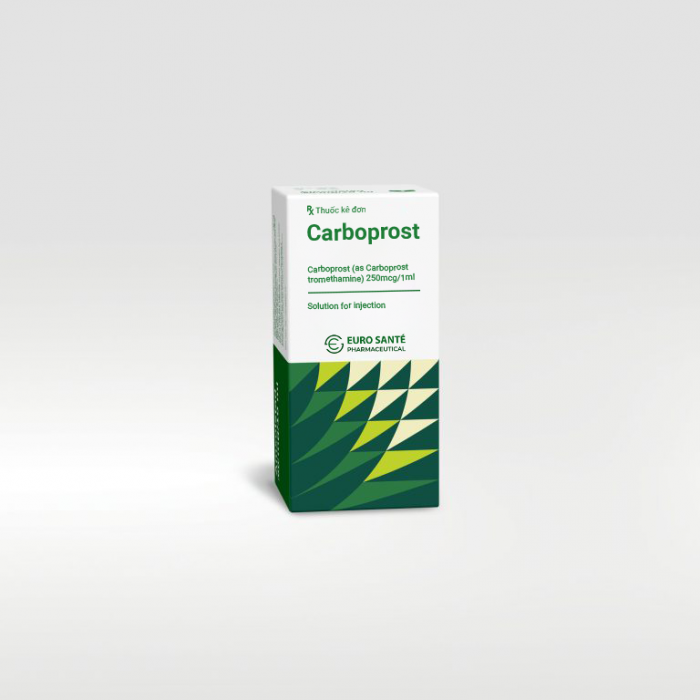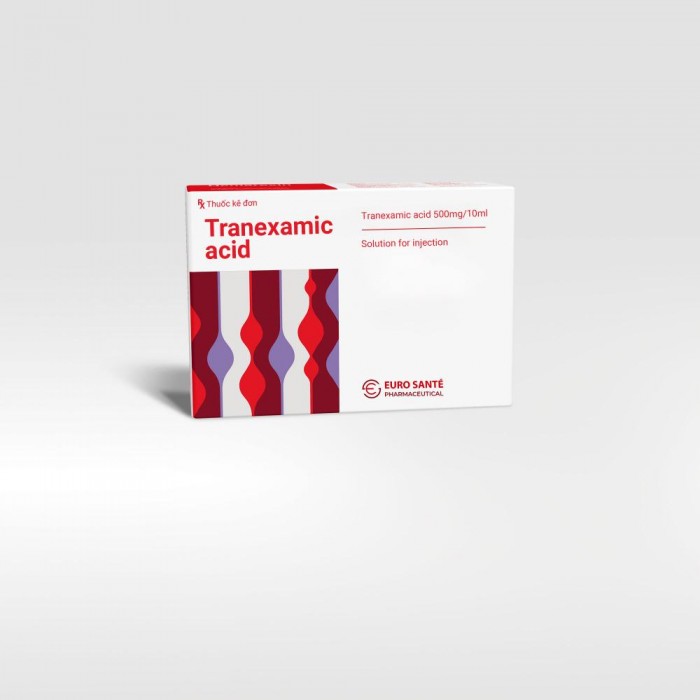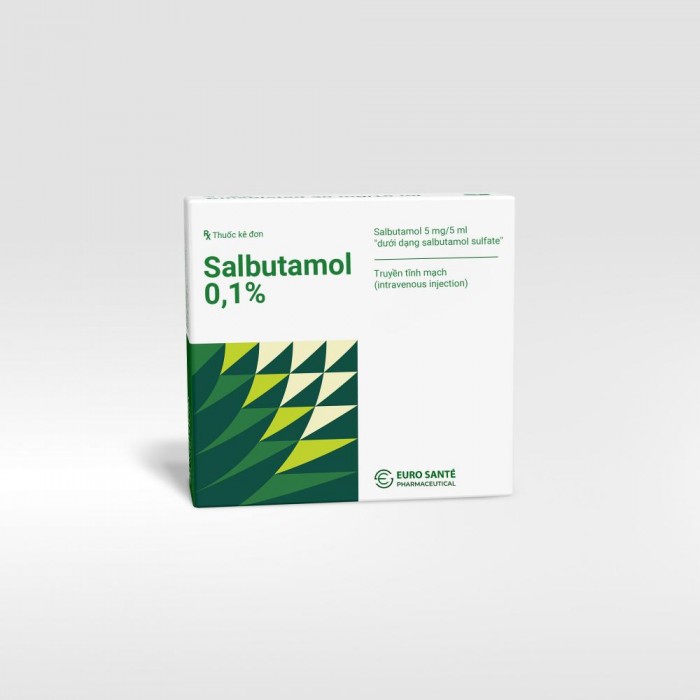1.Composition
Nicardipine hydrochloride 10mg/10ml
2.Dosage Form
Solution for injection
3.Indication
Treatment of acute life-threatening hypertension, particularly in the event
4.Dosage Administration
Adults
- Initial dose: Treatment should start with the continuous administration of nicardipine at a rate of 3-5 mg/h for 15 minutes. Rates can be increased by increments of 0.5 or 1 mg every 15 minutes. The infusion rate should not exceed 15 mg/h.
- Maintenance dose: When the target pressure is reached, the dose should be reduced progressively, usually to between 2 and 4 mg/h, to maintain the therapeutic efficacy.
Transition to an oral antihypertensive agent: discontinue nicardipine or titrate downward while appropriate oral therapy is established. When an oral antihypertensive agent is being instituted, consider the lag time of onset of the oral agent's affect. Continue blood pressure monitoring until desired effect is achieved.
A switch can also be made to oral nicardipine 20mg capsules at dosage of 60 mg/day in 3 daily doses, or to nicardipine 50 mg extended-release tablets, at dosage of 100mg/day, in 2 daily doses.
Elderly
- Clinical studies of nicardipine did not include sufficient numbers of subjects aged 65 and over to determine whether they respond differently from younger subjects.
- Elderly patients may be more sensitive to nicardipine effects because of impaired renal and/or hepatic function. It is recommended to provide a continuous infusion of nicardipine starting at the dose of 1 to 5 mg/h, depending on the blood pressure and clinical situation. After 30 minutes, depending on the effect observed, the rate should be increased or decreased by increments of 0.5 mg/h. The rate should not exceed 15 mg/h.
Paediatric population
- The safety and efficacy in low birth weight infants, newborns, nursing infants, infants, and children has not been established.
- Nicardipine should only be used for life-threatening hypertension in paediatric intensive care settings or post-operative contexts.
- Initial dose: In case of emergency, a starting dose of 0.5 to 5 mcg/kg/min is recommended.
- Maintenance dose: The maintenance dosage of 1 to 4 mcg/kg/min is recommended.
- Nicardipine should be used with particular caution in children with renal impairment. In this case, only the lowest dose should be used.
Pregnancy
It is recommended to provide a continuous infusion of nicardipine starting at 1 to 5 mg/h, depending on the blood pressure and clinical situation. After 30 minutes, depending on the effect observed, this rate can be increased or decreased by increments of 0.5 mg/h.
Doses higher than 4mg/h are generally not exceeded in the treatment of pre-eclampsia, however the rate should not exceed 15 mg/h. (See sections 4.4, 4.6 and 4.8)
Hepatic Impairment
Nicardipine should be used with particular caution in these patients. Since nicardipine is metabolized in the liver, it is recommended to use the same dose regimens as for elderly patients in patients with impaired liver function or reduced hepatic blood flow.
Renal Impairment
Nicardipine should be used with particular caution in these patients. In some patients with moderate renal impairment, a significantly lower systemic clearance and higher area under the curve (AUC) have been observed. Therefore, it is recommended to use the same dose regimens as for elderly patients in patients with renal impairment.


